Take a Seat on a Piece of Engineering History in Prospect Park
It’s a subtle new addition to Prospect Park, but it’s got a bit of history to tell.

It’s a subtle new addition to Prospect Park, but it’s got a bit of history to tell.
Almost exactly a year ago the Prospect Park Alliance celebrated the restoration of the Calvert Vaux-designed 1869 Wellhouse and its opening as the first composting public restroom in a New York City Park.
Restoration uncovered a remnant of history nearby that turned into another project for the Alliance. Sections of a curving brick wall, once part of a massive cistern, have been transformed into a seating area, which was completed and opened in April.
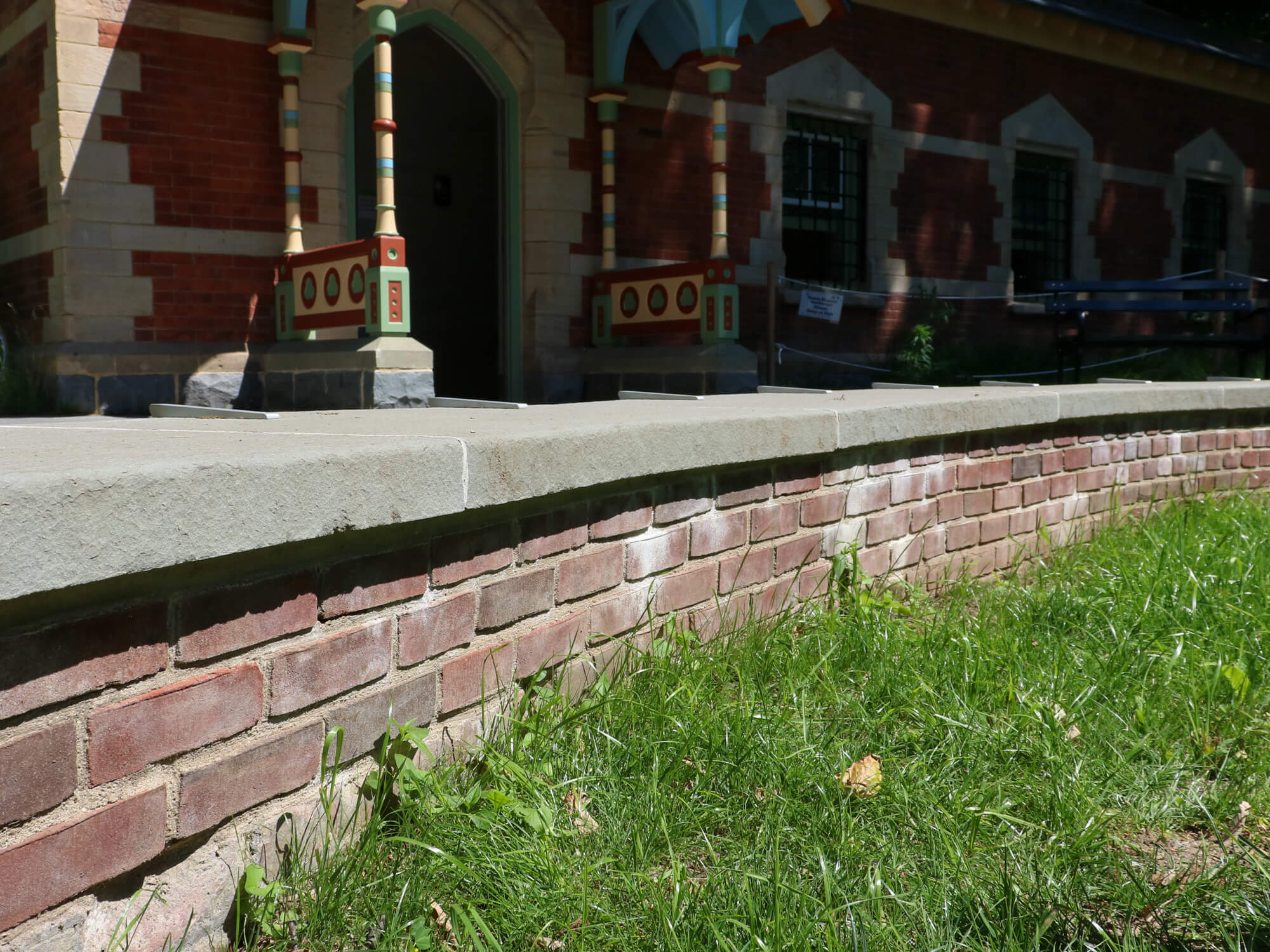
The simple brick wall is actually an important clue to the original use and history of the Wellhouse behind it. It might be hard to believe, but the diminutive brick and stone building was part of a facility that was once considered an engineering marvel.
It got a thorough technical writeup in the 1872 edition of The Engineer, which depicted the Wellhouse, the smokestack next to it and the circular water tank that sat underground. The facility was designed to keep water flowing into the new man-made water features designed for the park by Frederick Law Olmsted and Vaux.
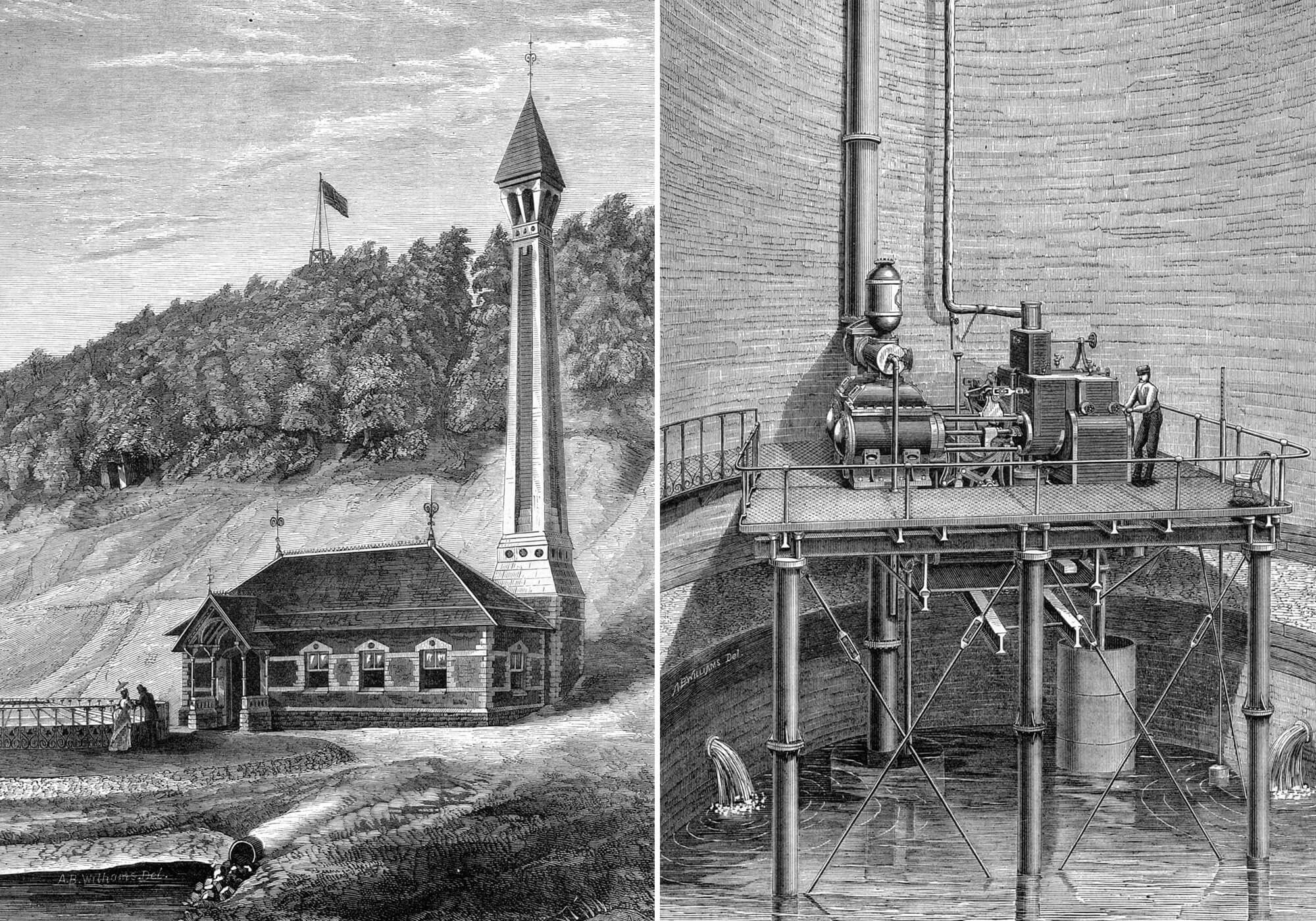
Illustrations of the time show 19th century Brooklynites near the Wellhouse promenading around a circular walk from which they could gaze through a glass dome and into the cistern below. When the park was connected to the city water system in the early 20th century, the facility was no longer needed.
The tower was demolished, the iron and glass dome vanished and the cistern was filled with dirt. All that appeared to remain was the little brick building.
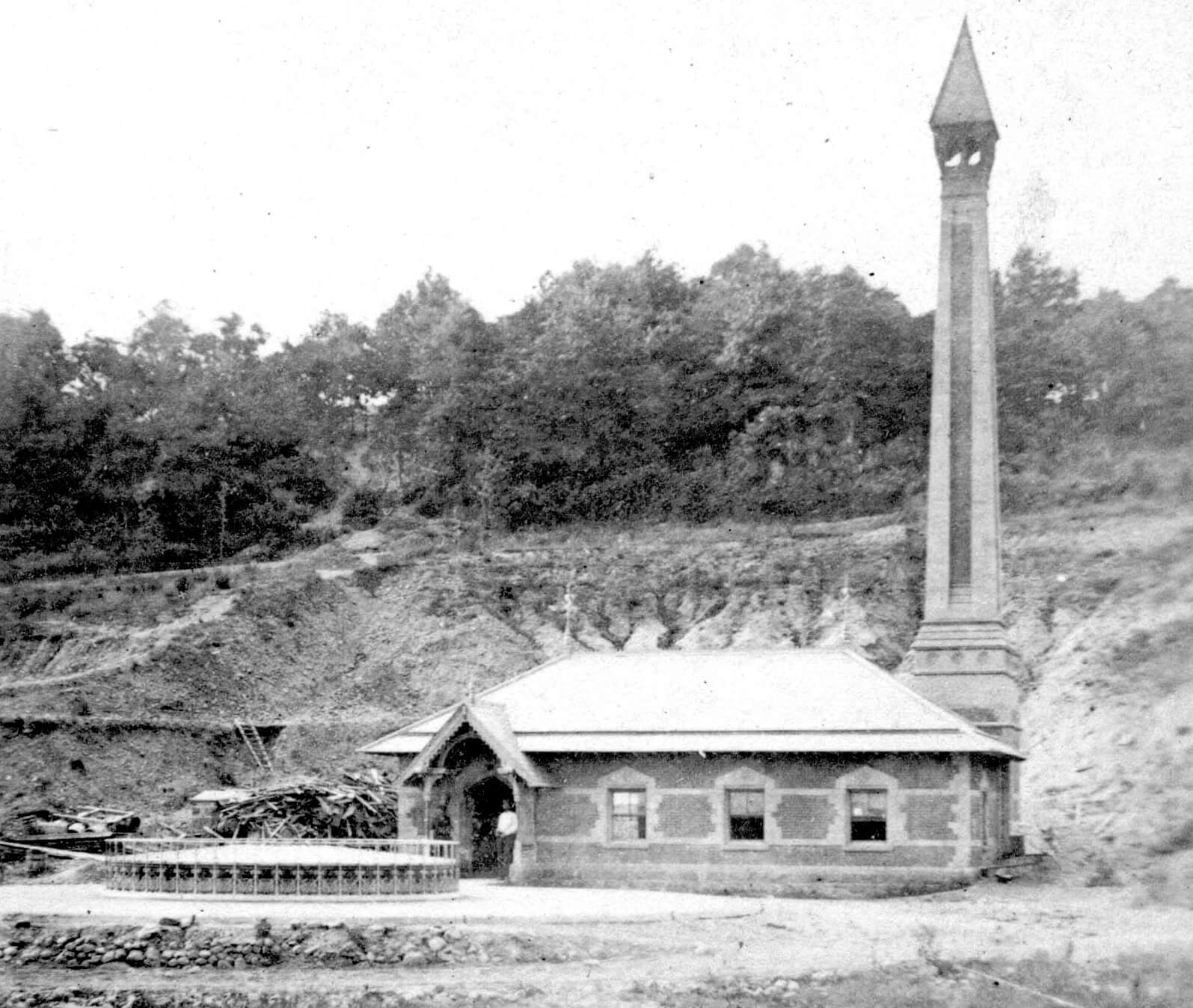
Prospect Park senior architect Alden Maddry suspected portions of the original cistern wall might still exist underground. For those who knew what to look for, a barely discernible circular depression could be spotted in the grass, seemingly reflecting the location of the cistern.
A bit of digging proved his suspicions correct. Excavating less than a foot of dirt turned up portions of the original wall.
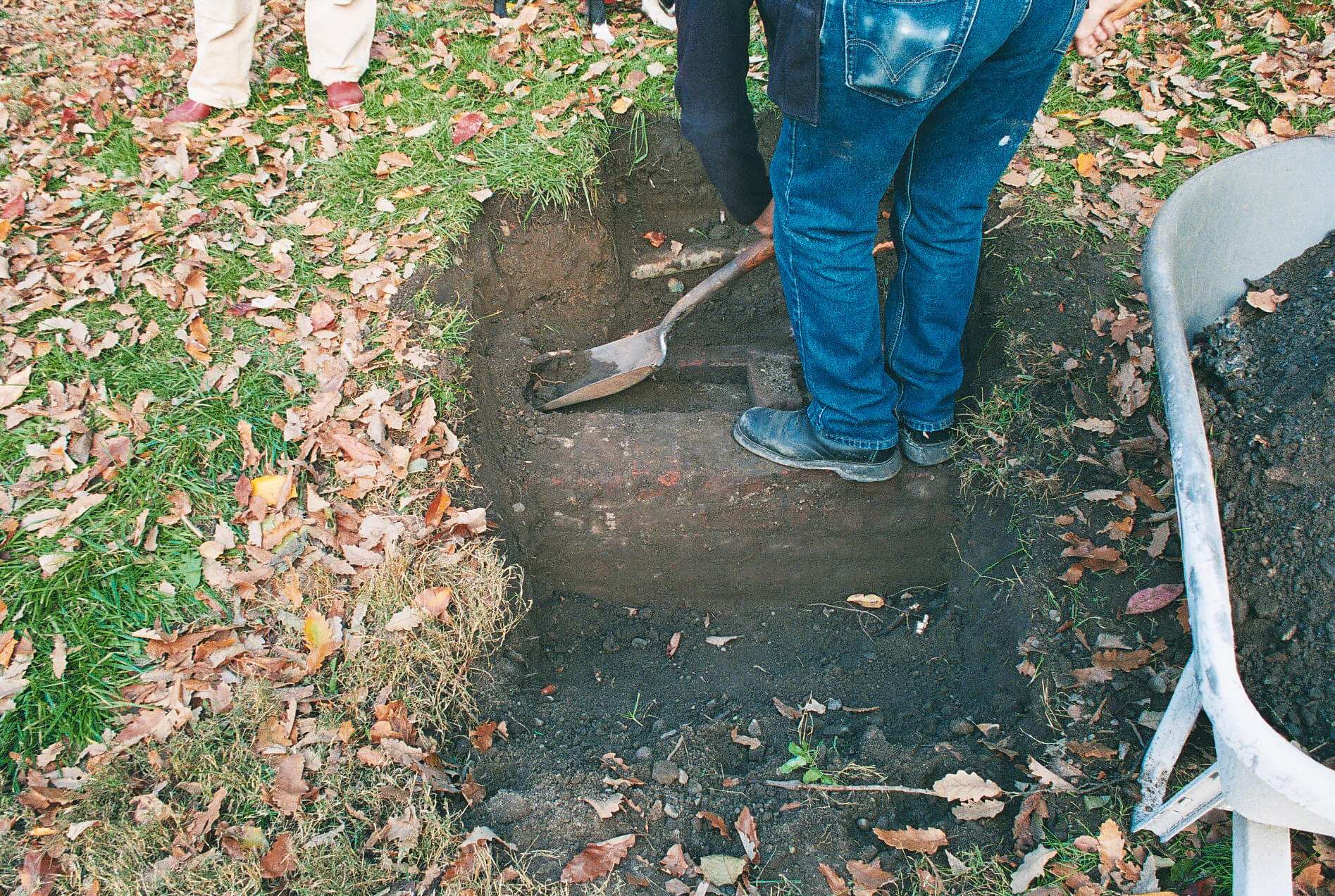
A new project (separate from restoring the Wellhouse) restored the wall and made it visible to the public for the first time in at least 80 years. The work included cleaning and repairing original brick, adding new brick to complete the wall and installing a bluestone cap to create a perch for park visitors.
It’s possible that more of the cistern, including the original iron staircase, remains buried deep under the soil. It’s likely the space was filled with soil to seal it rather than demolished in the 20th century.
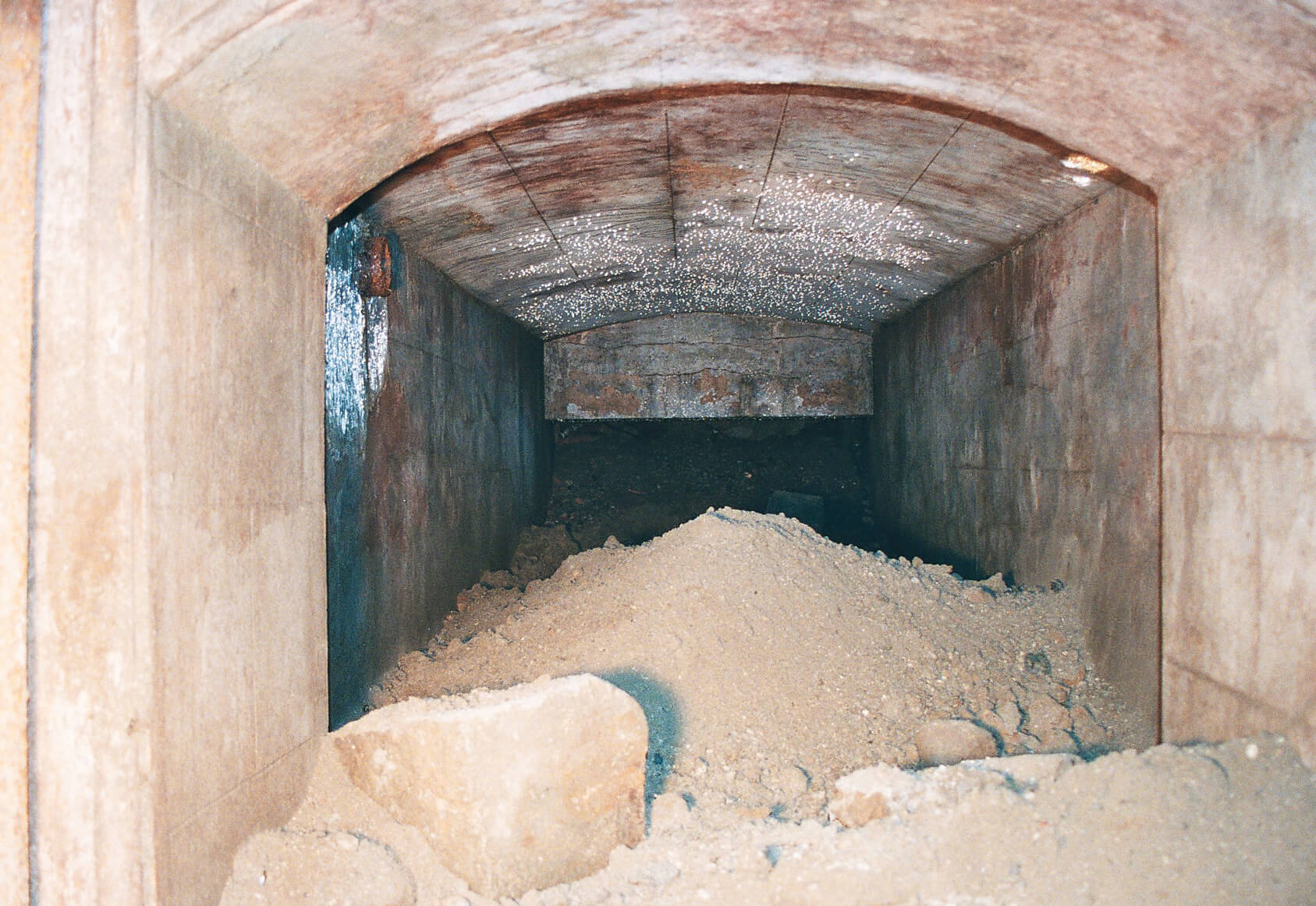
This turned out to be the case with another section of the facility, the cellar under the Wellhouse. Knowing that a cellar would have existed under the building, Maddry and crew cut out a section of stone in the floor and dropped down Indiana Jones-style into a chamber that was half-filled with dirt. Once the space was cleared they discovered an intact cellar with thick stone walls and a sealed-off tunnel that would have once led to the cistern.
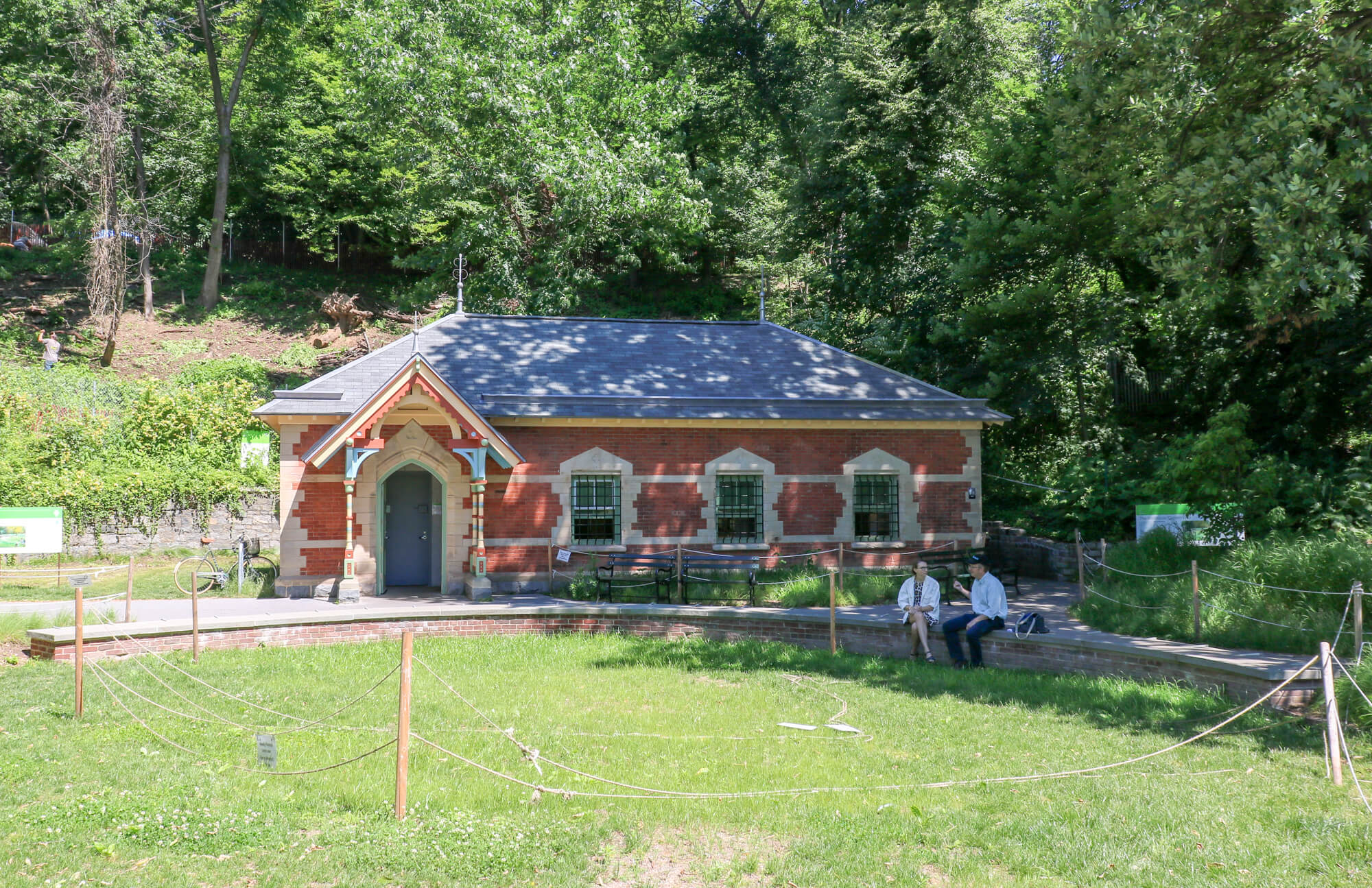
The next big find Maddry is looking for is a bit more archival in nature and offers a challenge to Brooklyn history enthusiasts. “What I would really love to find that we’ve never uncovered is a photograph of the inside of the cistern,” he told Brownstoner “I’ll buy a six-pack of beer to anyone that can find a photo — not an illustration, but a photo — of the intact interior.”
Let the hunt begin.
[Photos by Susan De Vries unless noted otherwise]
Related Stories
- Prospect Park’s Splendid Victorian Wellhouse Restored, Goes Green With Compostable Toilet
- How Litchfield Villa, the Picturesque Mansion of Prospect Park, Came to Be (Photos)
- Calvert Vaux, Architect
Email tips@brownstoner.com with further comments, questions or tips. Follow Brownstoner on Twitter and Instagram, and like us on Facebook.




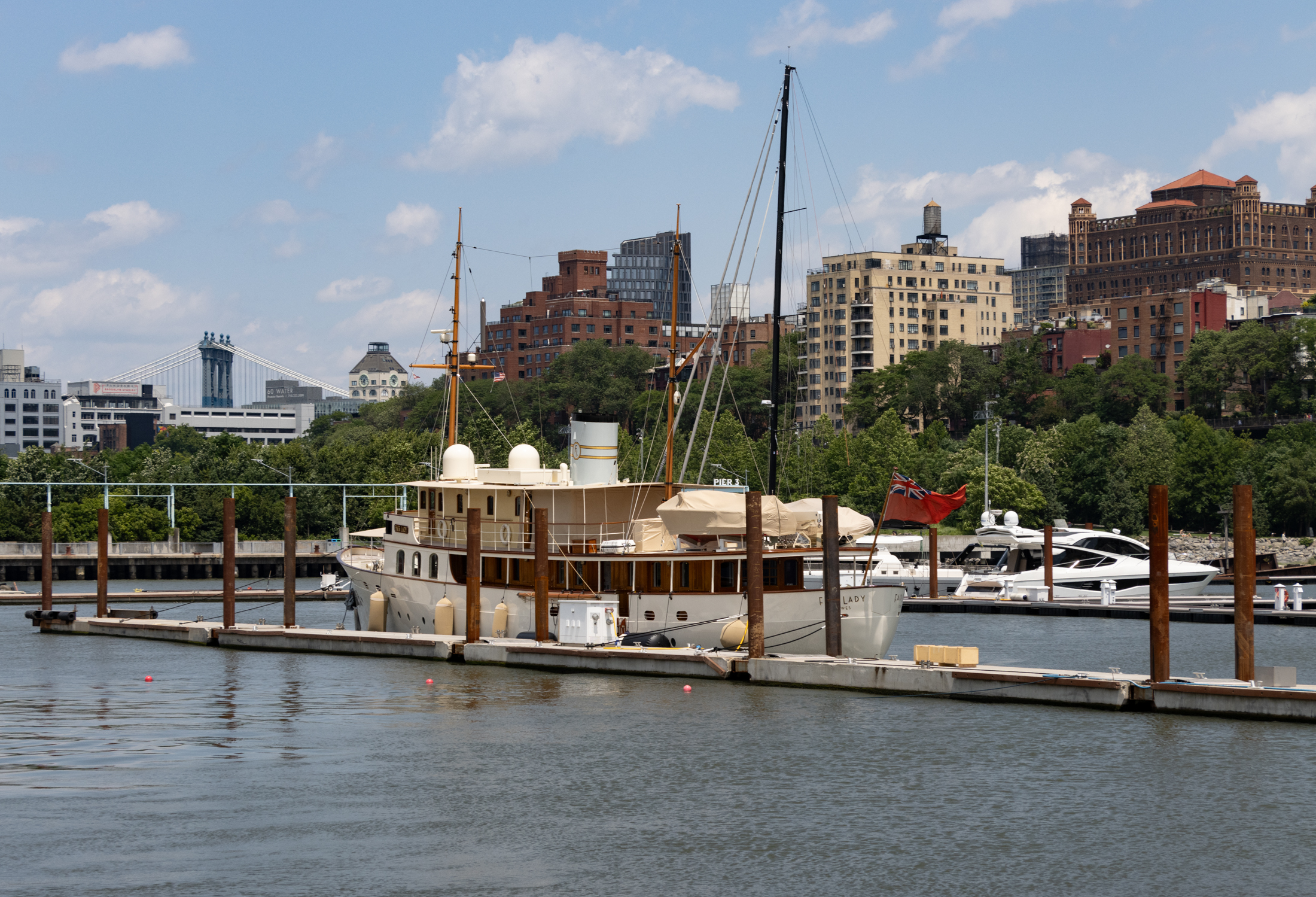
What's Your Take? Leave a Comment